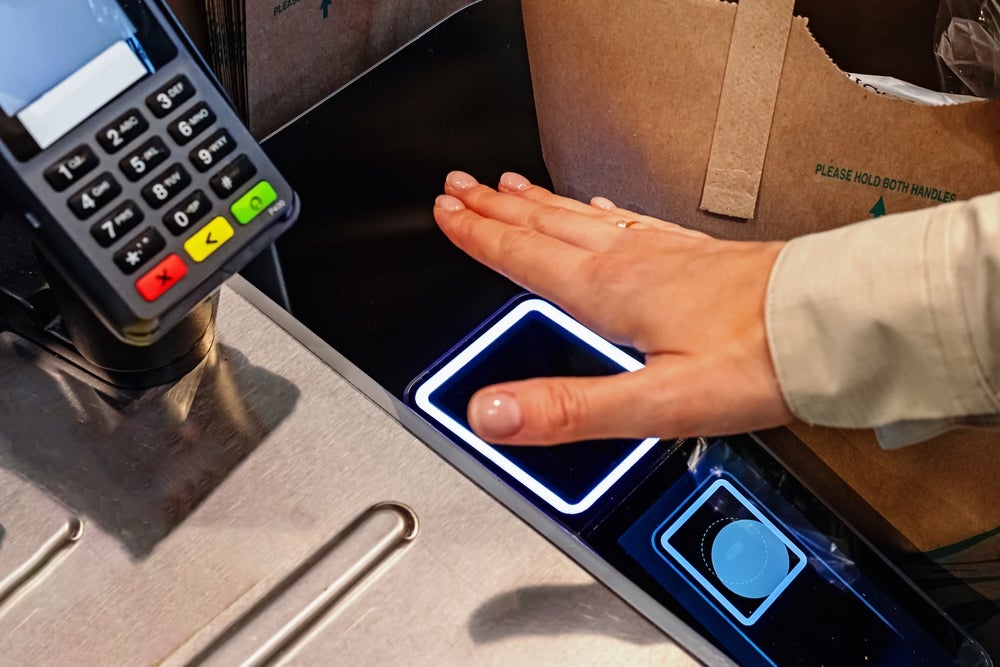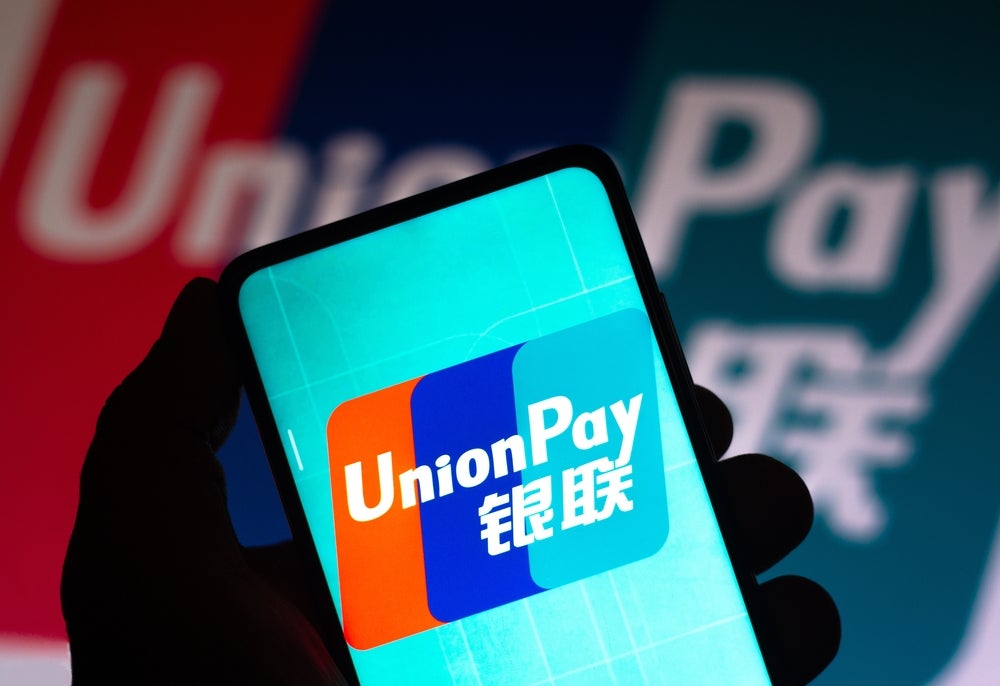Ralf Ohlhausen, Chief Strategy Officer of the PPRO Group, examines the potential stored within Asia. While there is much opportunity in the continent, many are focusing only on China. Why is this a mistake? And how can financial institutions take full advantage of the riches held within the region?
With retailers around the globe concentrating their attention on Asia as the next frontier, many make the mistake of focusing too heavily on China. Whilst China is undoubtedly Asia’s golden child, Asia comprises the most populous continent with a combined population of approximately 4.4 billion; as such it presents a huge opportunity for e-commerce.
In fact, Asia contributed a whopping 35% of the world’s e-commerce turnover in 2014 and is continuing to grow.
There are numerous elements at play when considering the growth in this market aside from the vast populous mentioned above. In fact, research shows three distinct trends fuelling the Asian market rise. Alongside the continued desire for Western products, which is only increasing with the growing accessibility of global goods, opportunities for online retailers are endless.
With barriers such as differing currencies, cultures and languages, let alone technology adoption and payment infrastructures, it’s important to approach each country, and its consumers with a tailored retail offering. Current barriers need to be broken down, for which several things need to be considered.
The three trends fuelling growth in Asia
McKinsey and Company identified three powerful trends fuelling this rise – rapid economic growth, urbanisation and the adoption of technology (notably Internet penetration and mobile technologies). Together these are transforming the region, its people and its economies, with e-commerce leading the way.
How well do you really know your competitors?
Access the most comprehensive Company Profiles on the market, powered by GlobalData. Save hours of research. Gain competitive edge.

Thank you!
Your download email will arrive shortly
Not ready to buy yet? Download a free sample
We are confident about the unique quality of our Company Profiles. However, we want you to make the most beneficial decision for your business, so we offer a free sample that you can download by submitting the below form
By GlobalDataOutside of China, Nielsen predicts Southeast Asia will have a cash-rich middle class of 400 million by 2020, hold 688 million mobile devices and boast a GDP over $2.4trn. The growth of e-commerce is rapid, with Frost and Sullivan projecting the CAGR of Indonesia, Malaysia, Philippines, Singapore, Thailand and Vietnam at 37.6% from 2013 to 2018, growing from $7bn to $34.5bn.
The desire for Western products
Asia’s continued desire for luxury Western designer brands appears unbounded, with Japan now the second luxury market in the world. Burberry, for example, sold $870m in Asia last year, 18% growth on the previous 12 months and a total that now makes up some 39% of its global revenue. Whilst 37% of Dior’s global 30.9bn ($34bn) revenue now comes from Asia.
Apple has also seen particular growth across Asia in the past 12 months. Recent research showed that Apple’s latest iPhone 6 and iPhone 6 Plus handsets have led to significant gains in Japan, China and South Korea. In the latter, it now enjoys a 33% market share, overtaking LG to be the second most popular phone manufacturer behind local success story Samsung. In Japan, Apple enjoys an overwhelming 51% of the smartphone market. In China, Apple’s iPhone sales have soared, increasing its revenue in the country by 71% to $16.8bn, helped by gift-buying for Chinese New Year.
Cultural differences
The main obstacle merchants face when looking to break into the Asian market is that of culture. Cultures differ significantly from country to country throughout the continent, and also from region to region within countries. Each country has its own language and often different languages and dialects. To make things even more complicated for retailers with an eye on Asia is the fact that many Asian countries are veritable cultural melting pots. Malaysia, for example, comprises many different ethnic groups including the Malays, Chinese and Indians, among others, each with their own languages.
Furthermore, each country also celebrates different traditional holidays at different times in the year, resulting in different sales peaks and troughs. For example, many of the countries in East Asia celebrate Lunar New Year whereas in Indonesia, they have a holiday in August celebrating Indonesian Independence Day where the whole nation comes together in a riot of red and white.
Another obstacle is the lack of widespread e-commerce platforms and payment methods, which means merchants must pay close attention to the buying behaviour of consumers in each of the disparate markets. Merchants should take all of this into consideration in order to make the most positive impact when entering Asian markets.
Cash isn’t always king
Although credit cards are still the number one payment method for online purchases in Asia with 37%, e-wallets are also surprisingly popular, accounting for almost 25% of online purchases. This compares with only 13% in Europe and just 5% in Africa and the Middle East. The only real exceptions to the rule are Bangladesh (0.8%), India (1.5%) and Taiwan (1.8%) where they are scarcely used.
The differences from country to country in Asia could not be greater. Whereas in South Korea the credit card has almost a monopoly, accounting for three quarters of online purchases, in Taiwan only a measly 3% of online purchases are paid for by card.
It isn’t easy for retailers in the region, because alternative payment methods are also very popular, although naturally there are considerable variations if we compare them country to country. Mobile payments are a hit in the Philippines, spearheaded by mobile network operators Smart Communications and Globe Telecommunications, alongside alternative payment providers like Dragonpay and PayPal, around 7.5% of online purchases are already paid for using this method. In comparison, mobile payments account for only 0.1% of online purchases in Indonesia, and just 0.3% in Malaysia and Japan.
A special case is Taiwan, where they have an excellent internet infrastructure, but although the Taiwanese like shopping online, they actually prefer to pay offline. More than half of all purchases are paid for by cash on delivery (52%) and payments in shops and to cash machines are also very popular (31%).
It is imperative to not only understand your potential consumer, but also their preferred payment mechanisms. A tailored retail offering is critical to gaining any level of success across Asia. Knowing where to begin and finding the best approach can be a complex undertaking, which is why seeking the expertise of global electronic payment specialists can help retailers unlock the potential of Asia by building ongoing relationships and a rapidly growing customer base.







